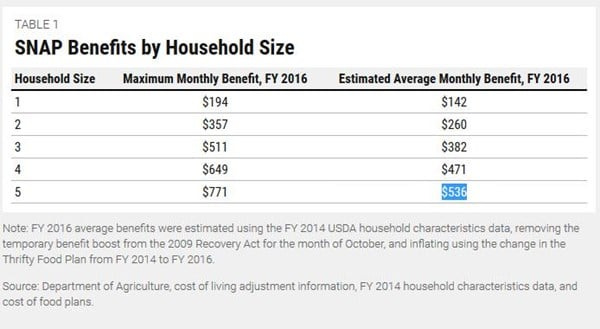While doing research for an article, I recently came across a government chart showing just how much obesity rates have surged in the United States in recent decades.
In 2022, not one state in the US had an obesity rate below 20 percent.
If you think this sounds high, you’re right. Government data show that in 1990 not a single state had an obesity rate over 20 percent. (The average rate was 12 percent.)


Why has this happened? There is no single answer, of course. But here are a few factors that likely contributed.
1. A Breakdown of Community
This was the theory posited by my old pal Sour Patch Lyds from Timcast.
“It certainly seems like something changed,” she wrote. “As always, I chalk it up to shattered community - no more church, no more family, no more sports leagues.”
I don’t discount this theory. In Harvard scholar Robert Putnam’s famous book Bowling Alone, he writes about the breakdown in communities in America and their social consequences.
It seems plausible to me that one consequence of this decline in social activity could an increase in sedentary lifestyles, which would likely contribute to the obesity problem.

2. The Internet and Screens
You don’t need a PhD to realize that a major invention overlaps with the surge of obesity: the rise of the internet.
This technology has brought humans many wonderful things, but it stands to reason it has also contributed in harmful ways. People sitting around computers and on smartphones all day long could certainly be a contributing factor to America’s portly state.

3. Government Experts and Programs (Especially Food Stamps)
My friend Richard Morrison once wrote a compelling article arguing Americans may have grown stouter by listening to government experts, and I think he has a point.
My own research led me to the conclusion that government policies have helped cause many poorer Americans to grow in girth.
The federal government oversees the nation’s $74 billion food stamp program, formally known as SNAP (the Supplemental Nutrition Assistance Program). The program (then called the Food Stamp Program) was launched in 1964 after a three-year pilot program, but it did not go nationwide until 1974, at which point participation reached almost 14 million.
What’s interesting is that government data reveals this is almost precisely the same year America’s obesity rise began, as the Bloomberg chart below illustrates.
Could the government’s own policies be fueling the rise? It seems possible.
Government data show the typical American family on food stamps receives about $500 per month to spend on food, and as much as $771. That’s significantly more than my family of five spends per month (we're prudent shoppers, but definitely foodies).
Government data also shows that people on food stamps purchase soda (#1) and bag snacks (#4) at higher rates than non-SNAP households. It certainly seems possible that these unhealthy items are being purchased in larger quantities than they would absent food stamp (or "EBT") income.
Non-judgmentalism and ‘Fat Is Beautiful’ Culture
In his best-selling book Coming Apart, Charles Murray discussed the idea of non-judgmentalism.
Non-judgmentalism, he writes,
is one of the more baffling features of the new upper-class culture. The members of the new upper class are industrious to the point of obsession, but there are no derogatory labels for adults who are not industrious. The young women of the new upper class hardly ever have babies out of wedlock, but it is impermissible to use a derogatory label for non-marital births. You will probably raise a few eyebrows even if you use a derogatory label for criminals. When you get down to it, it is not acceptable in the new upper class to use derogatory labels for anyone, with three exceptions: people with differing political views, fundamentalist Christians, and rural working-class whites.
Non-judgmentalism helps explain the surge in ad campaigns that depict overweight people as beautiful. This is not to say anyone should mock or judge people who are overweight, but it stands to reason, as one commentor noted, that “the literal promotion of being overweight as just fine isn't helping either.”
***
Again, these are just a few possibilities. Many more examples could be found. Let me know which ones I missed, or which one of my theories you don’t buy.








I recall that the definition of obesity changed in the Clinton administration